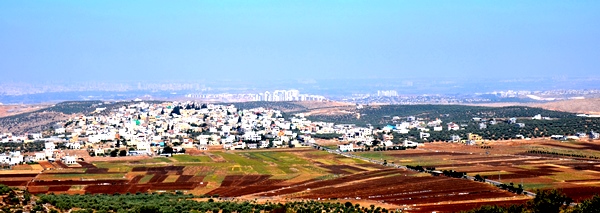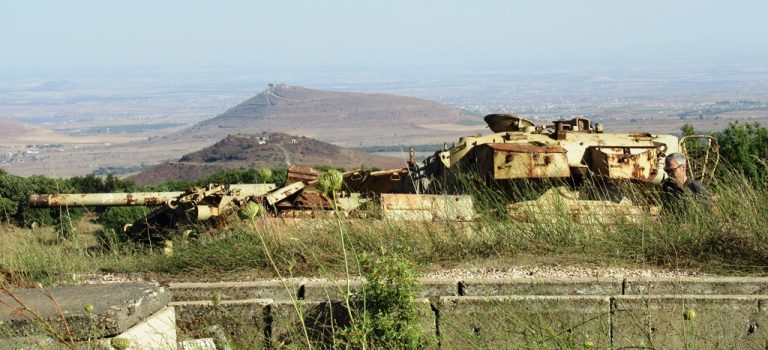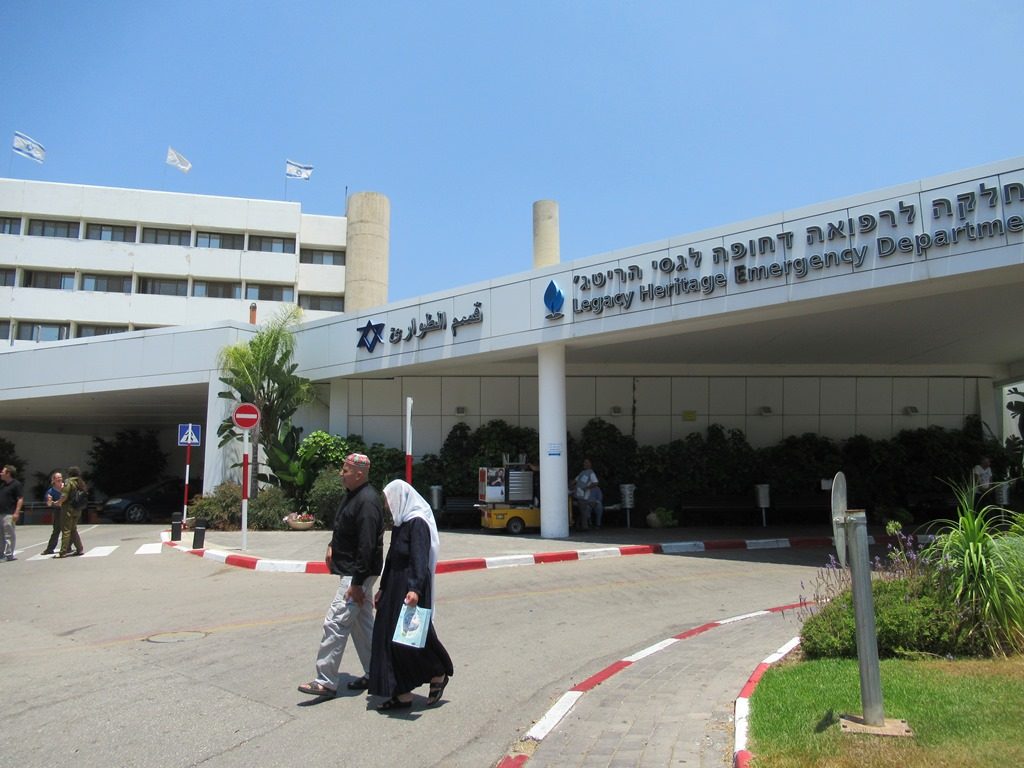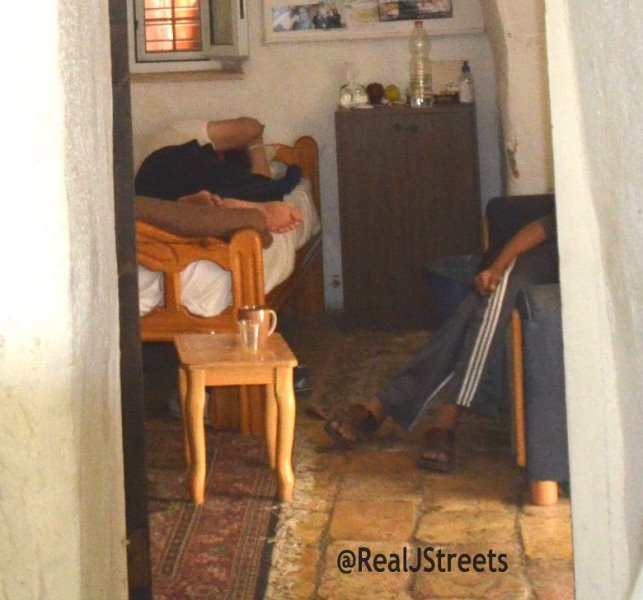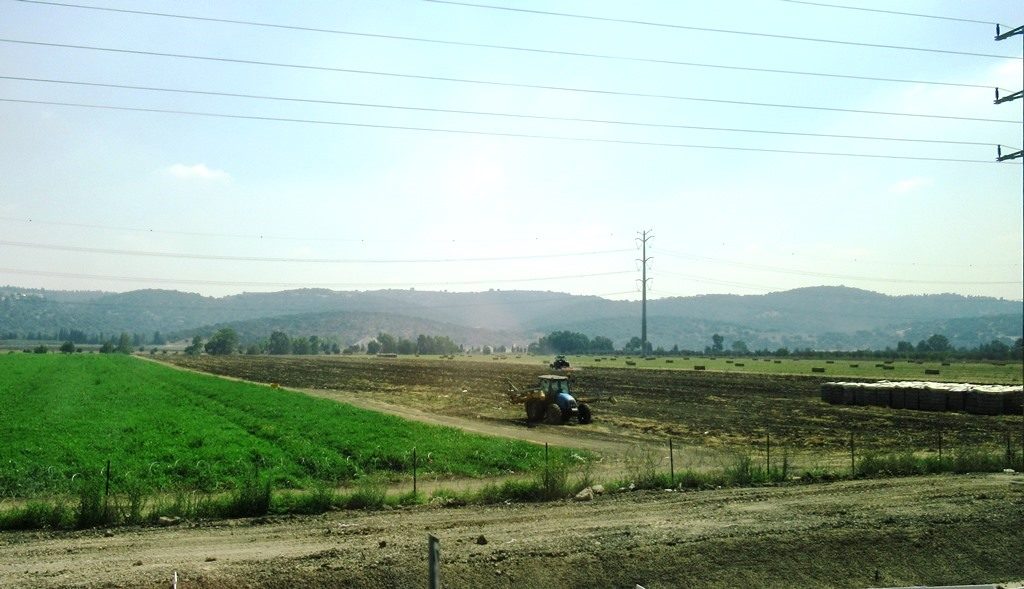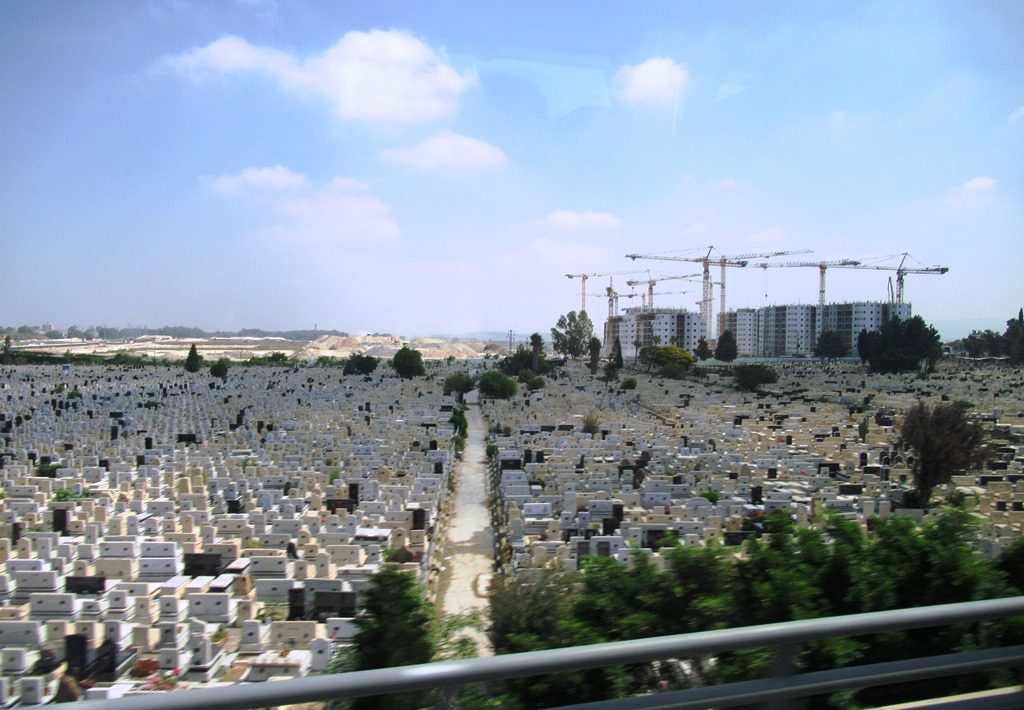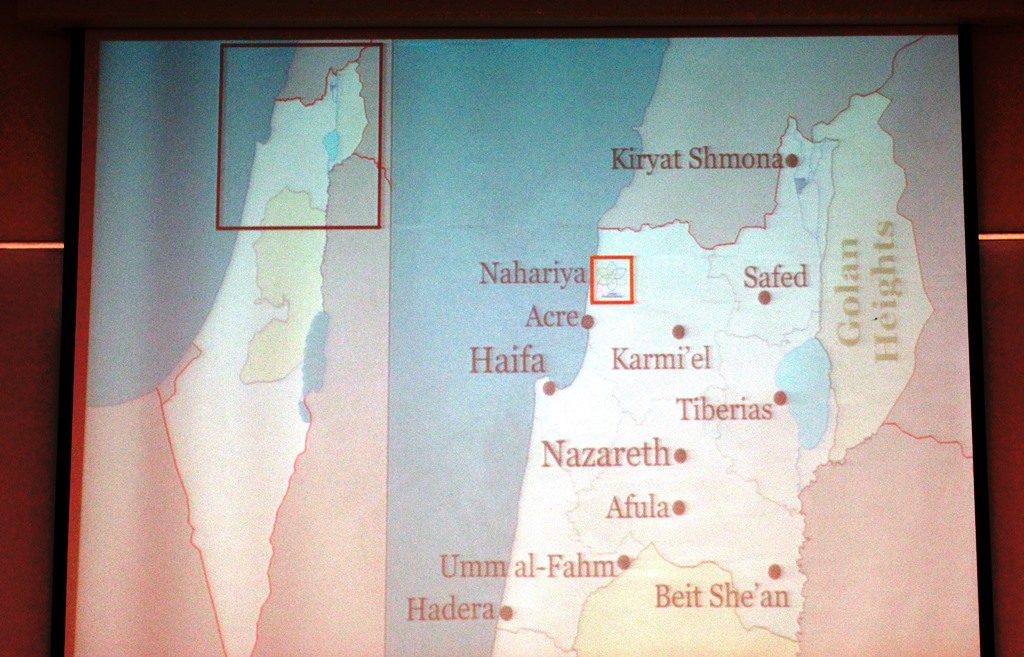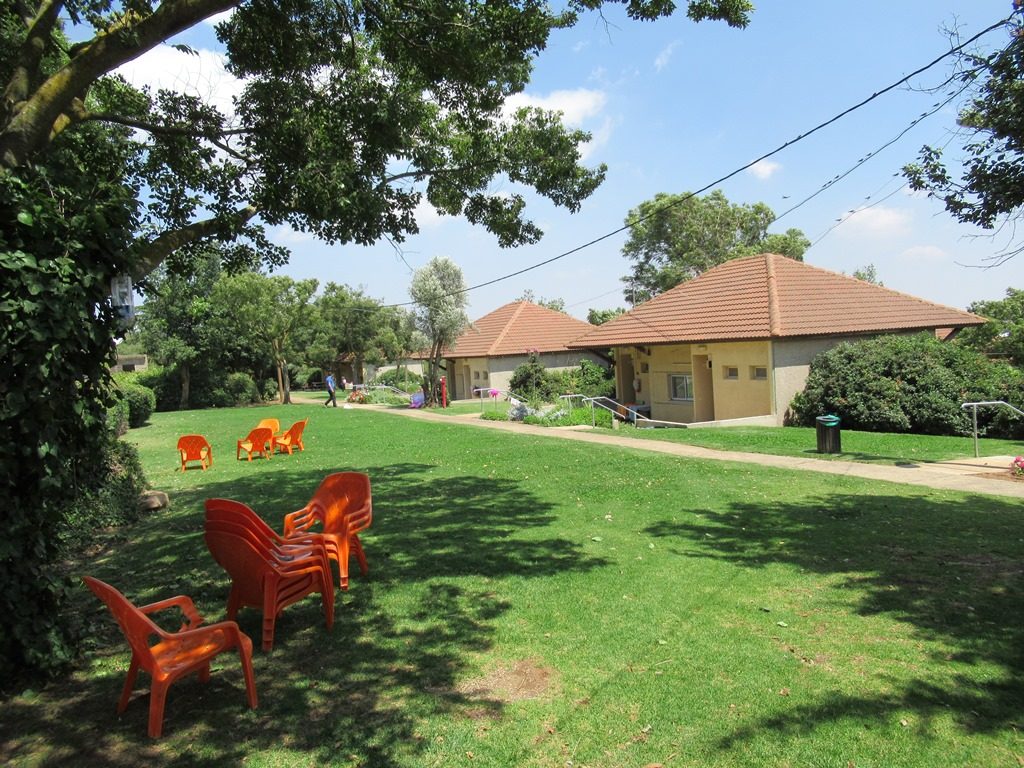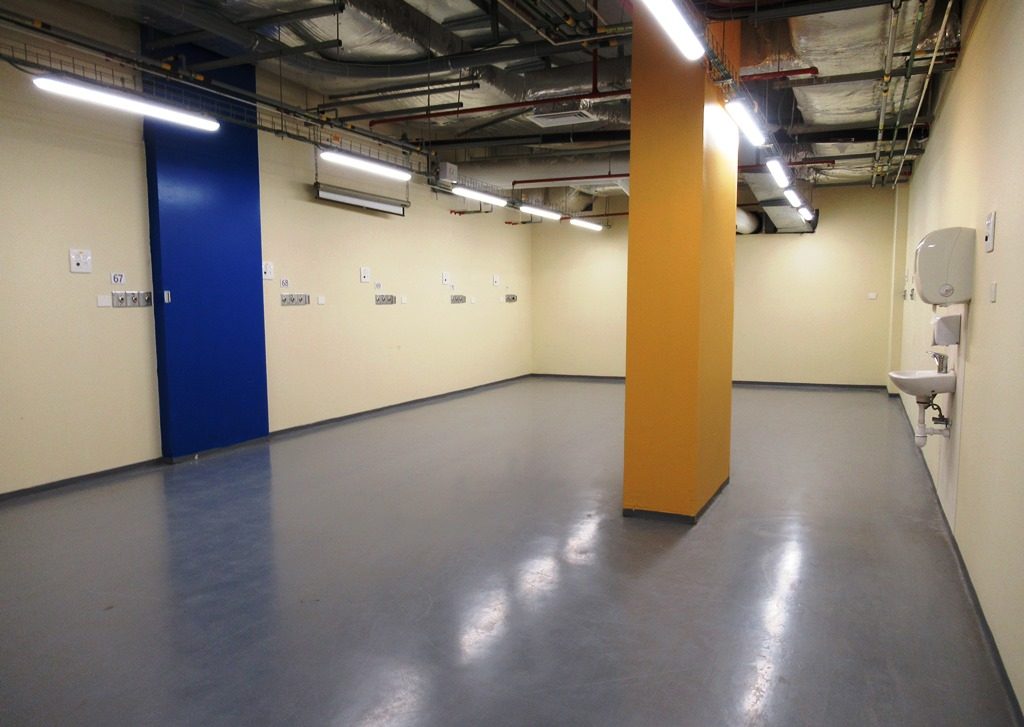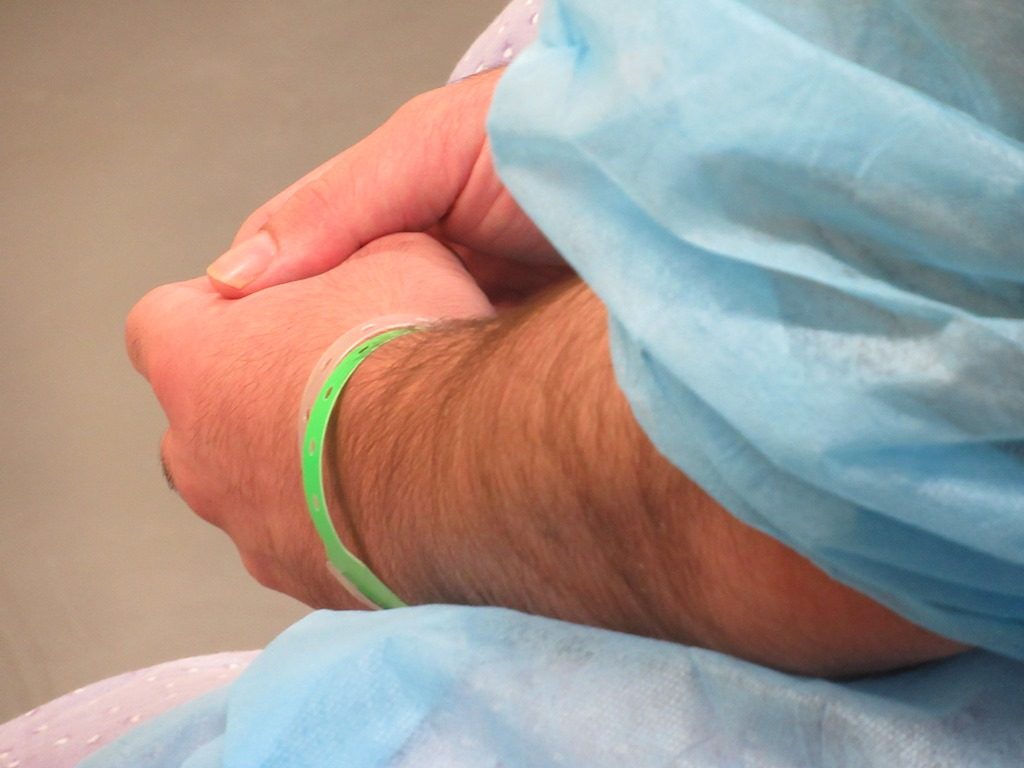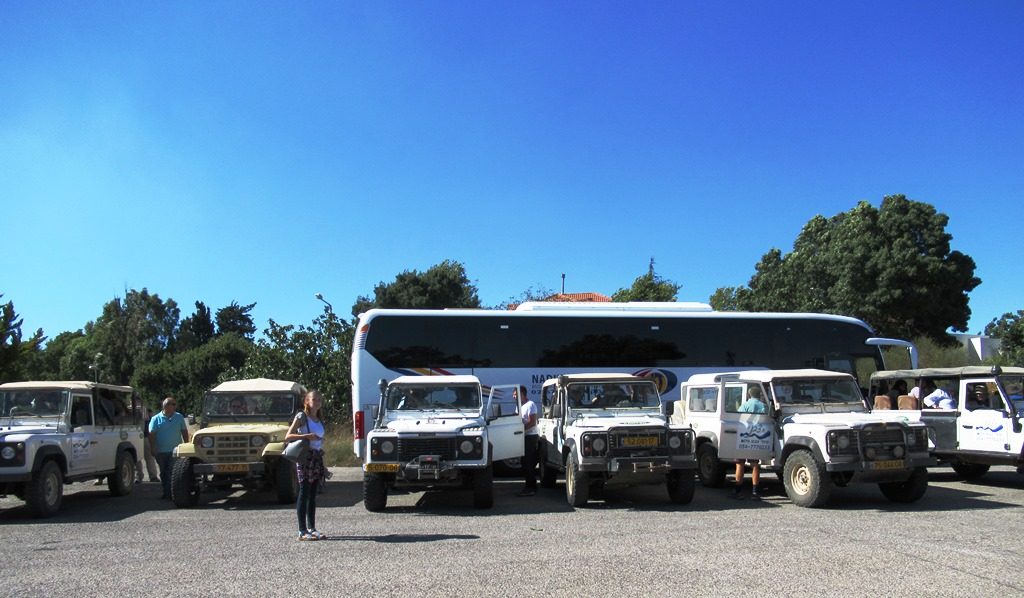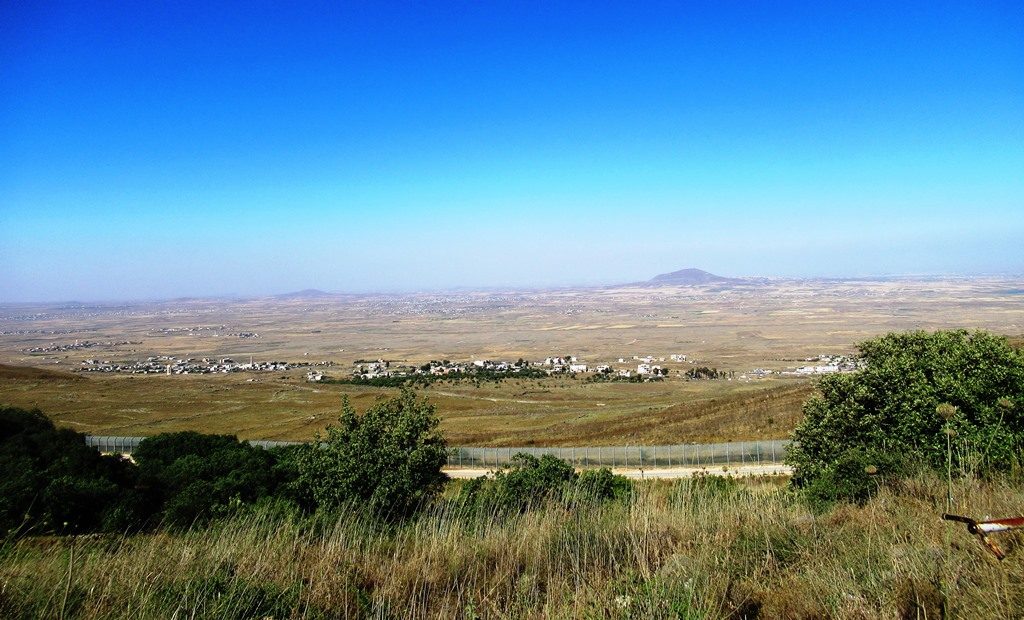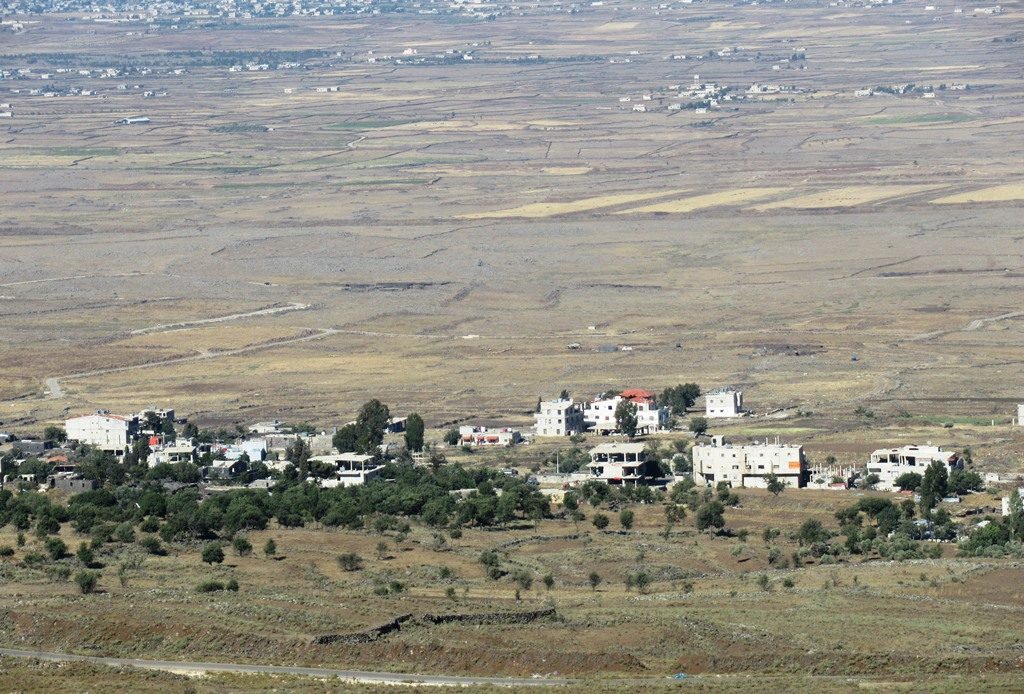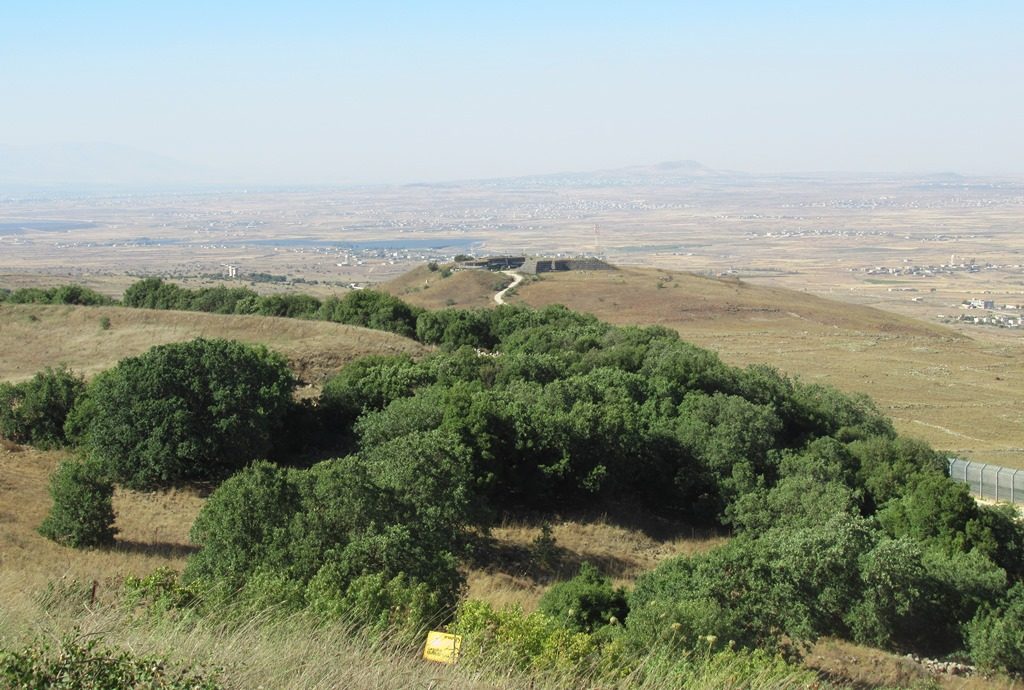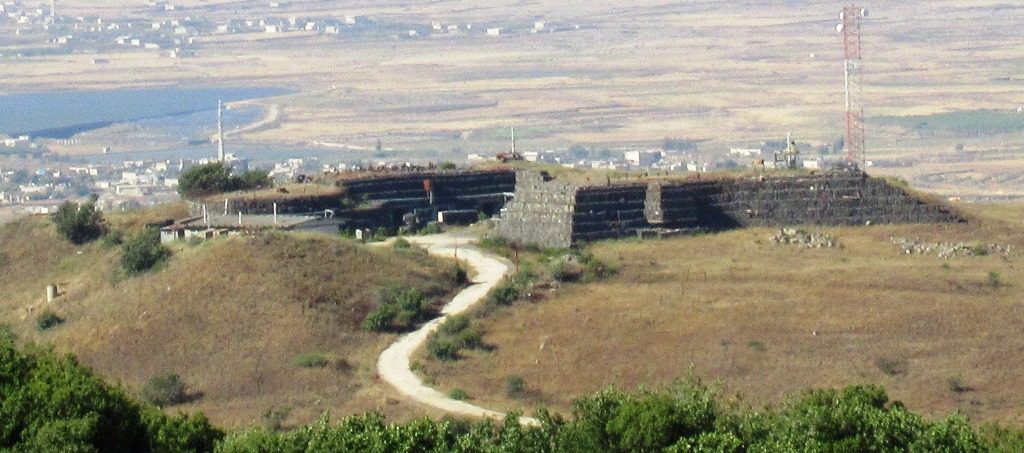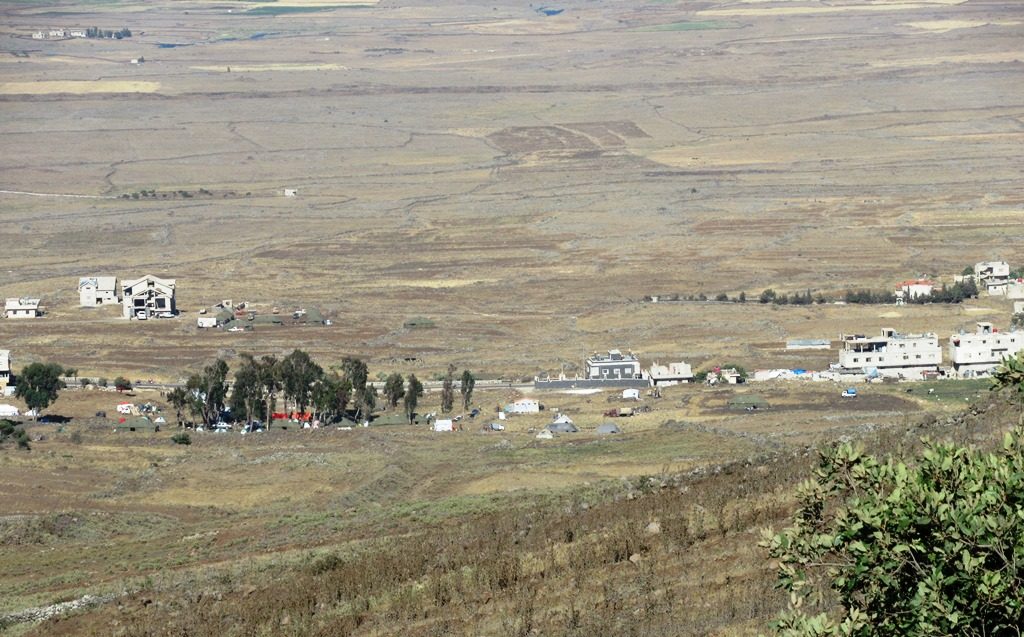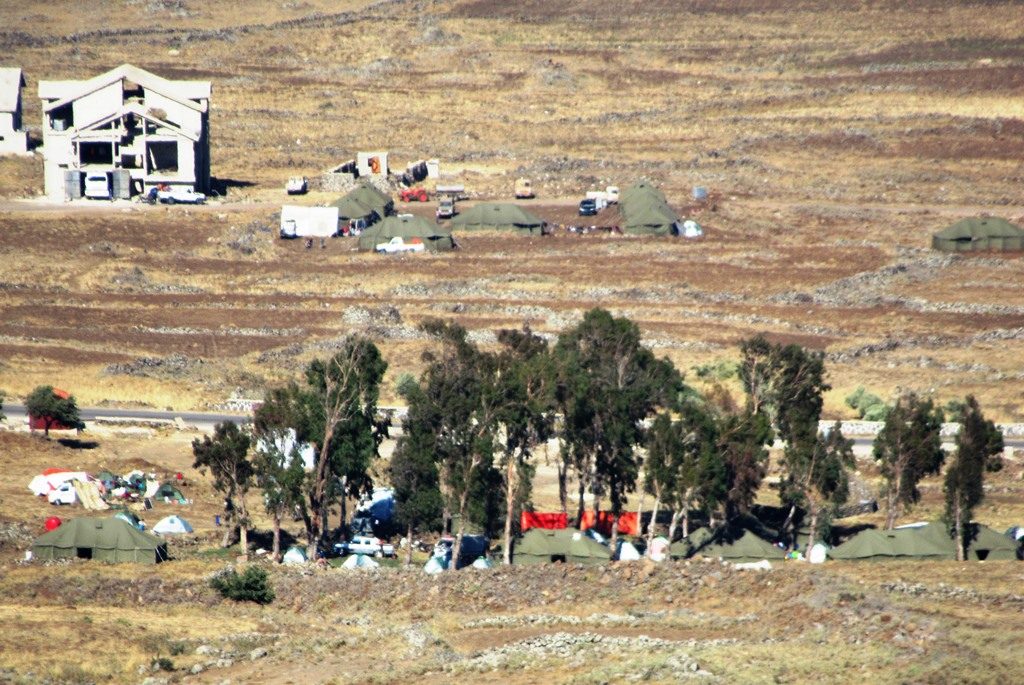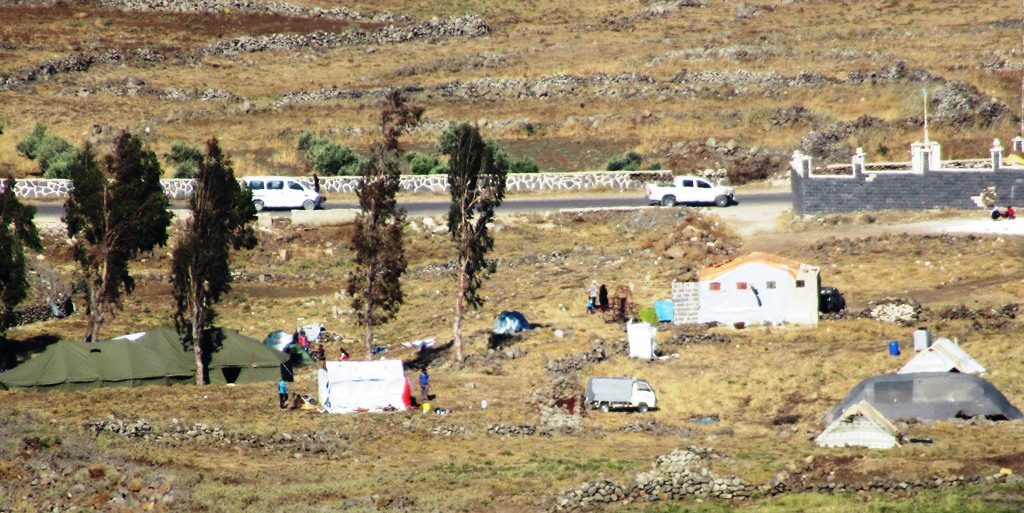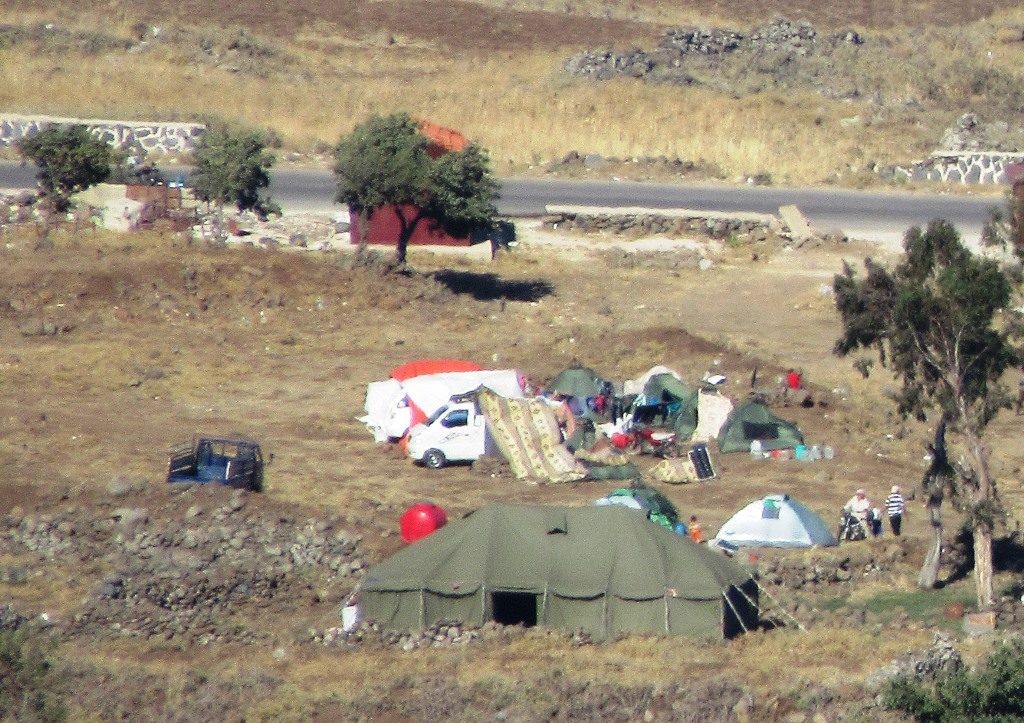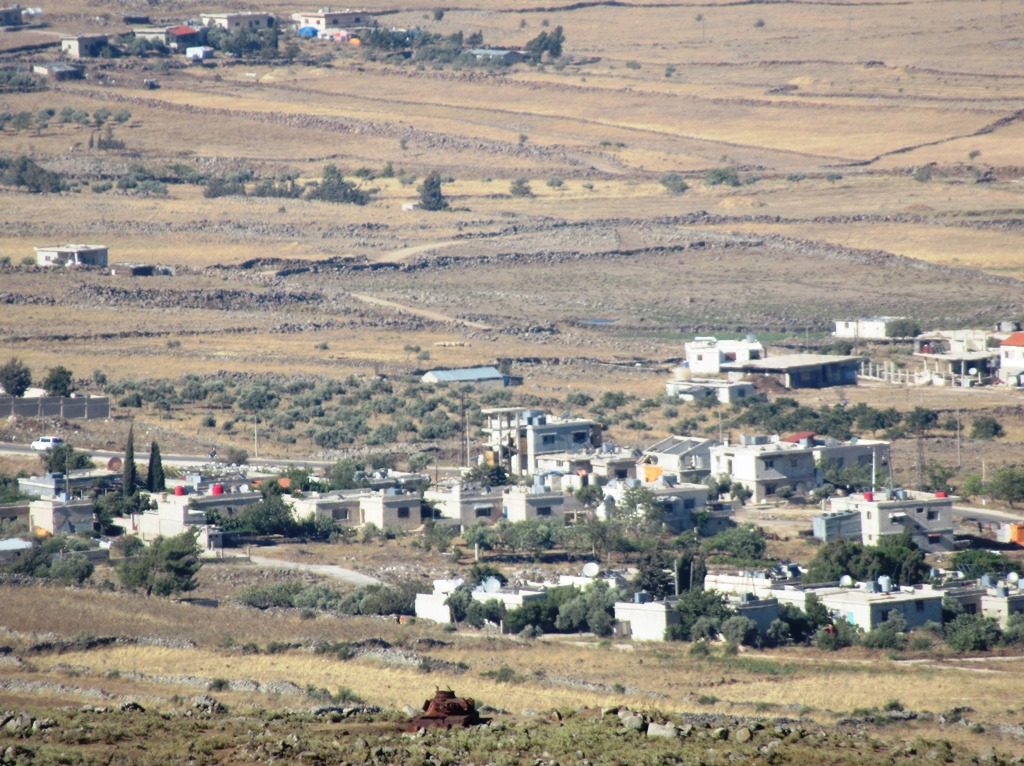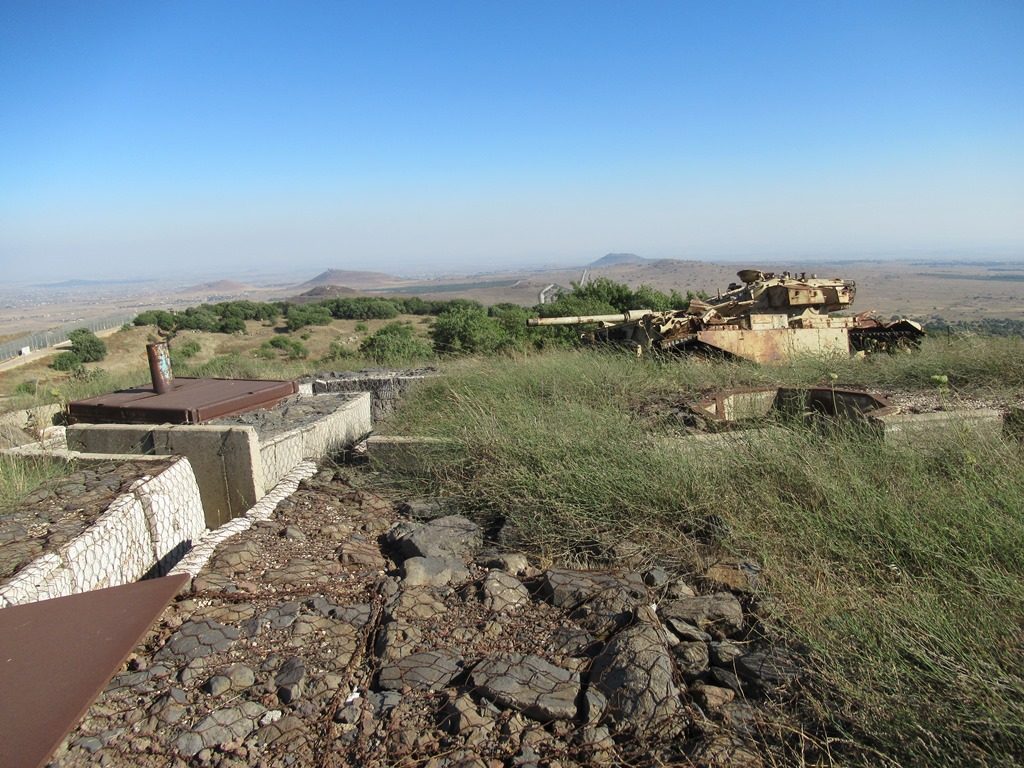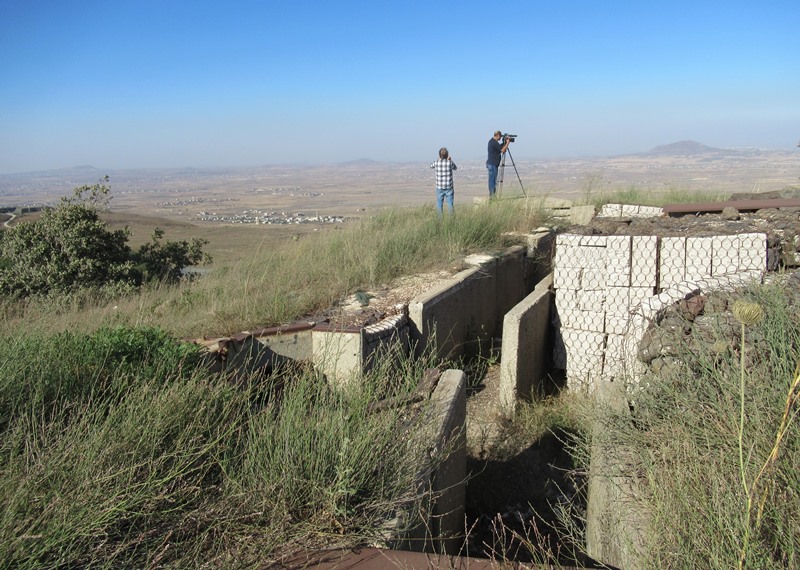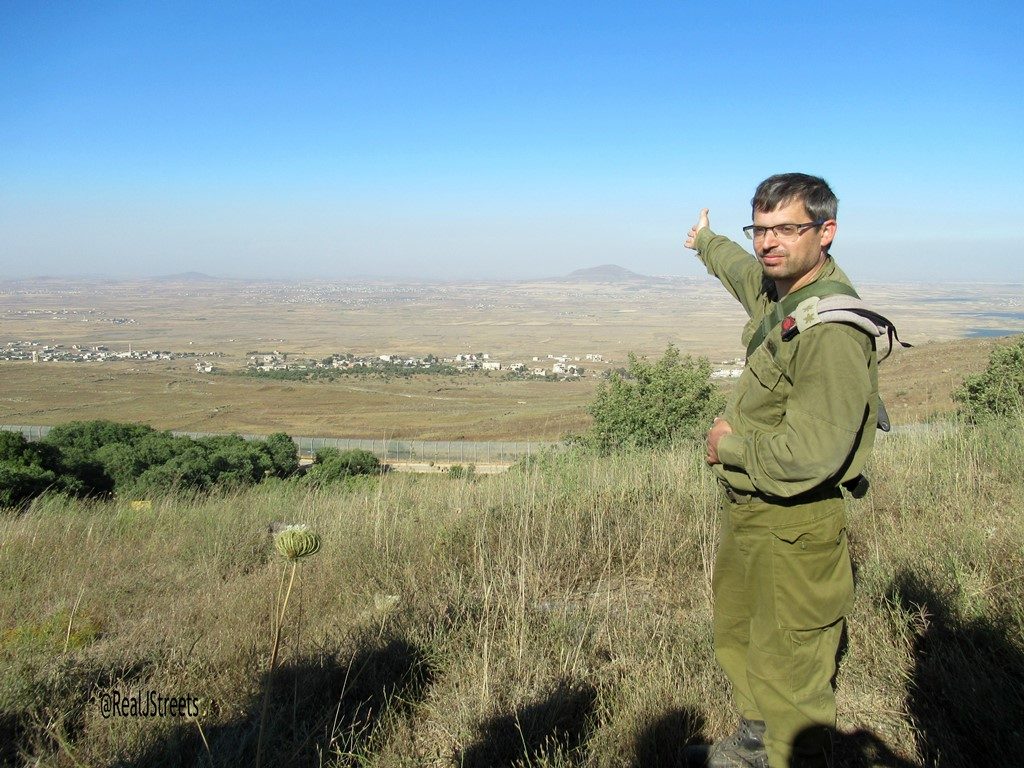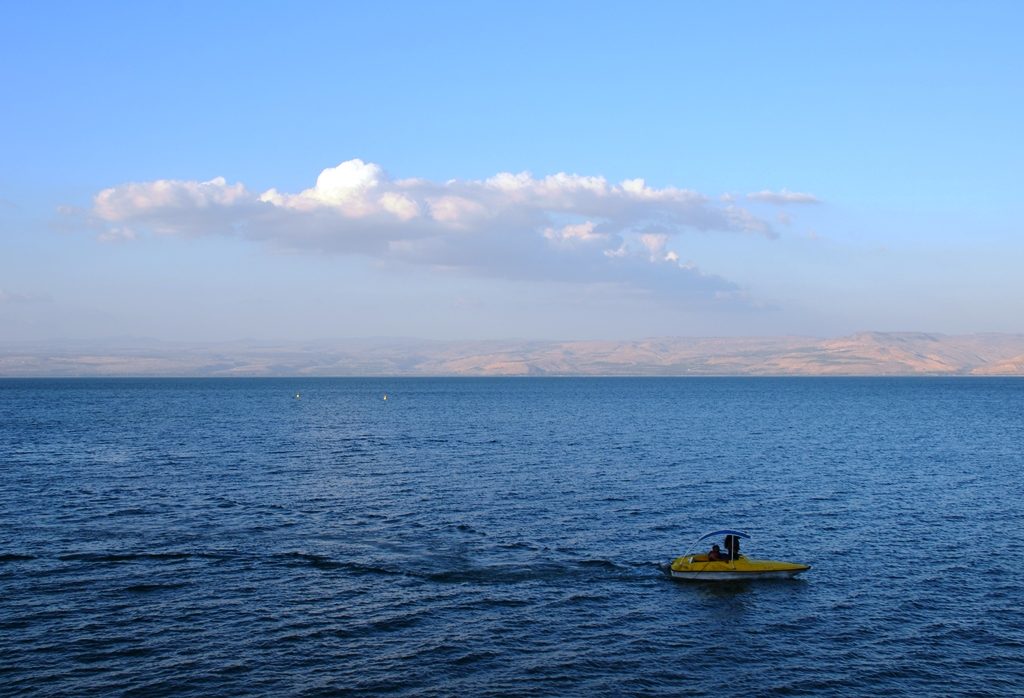Summer time. Israelis travel. It is reported that half the population goes overseas.
Having traveled plenty, especially when we lived in Australia and circled the globe numerous times, I am staying closer to home.
However, I gladly accepted another chance to go see more of the Shomron.
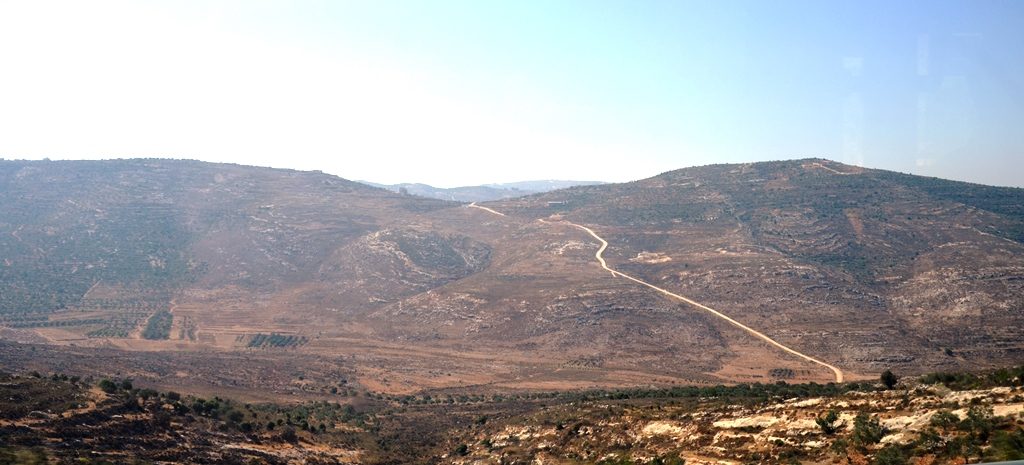
There are vast expanses of land, with magnificent views as seen from the bus.
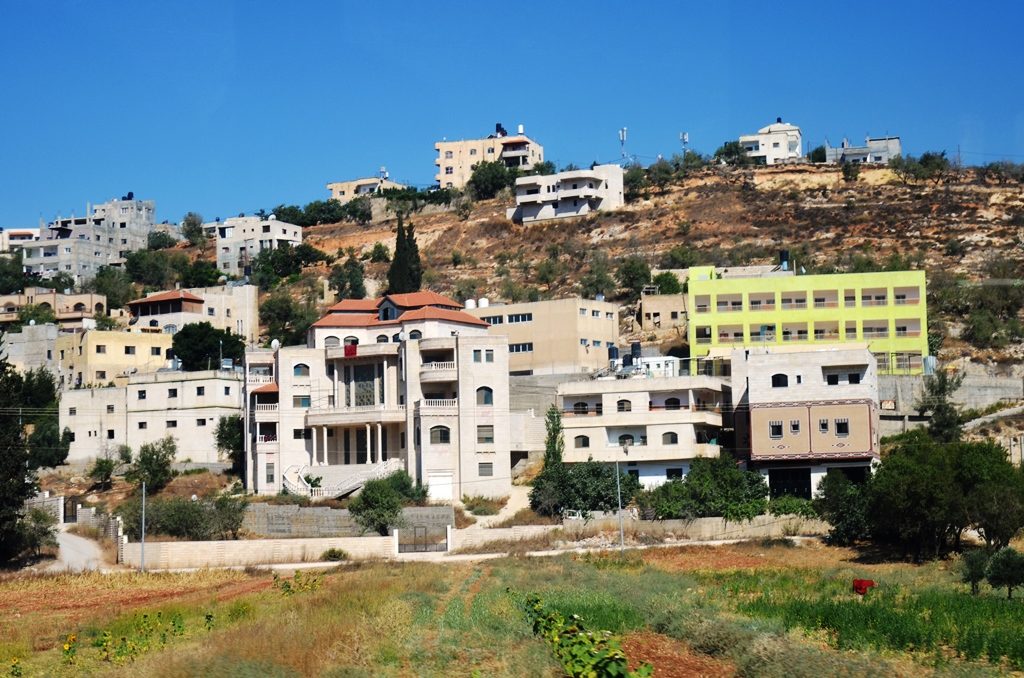
This is all new Arab construction, and many are empty summer homes for people living overseas.
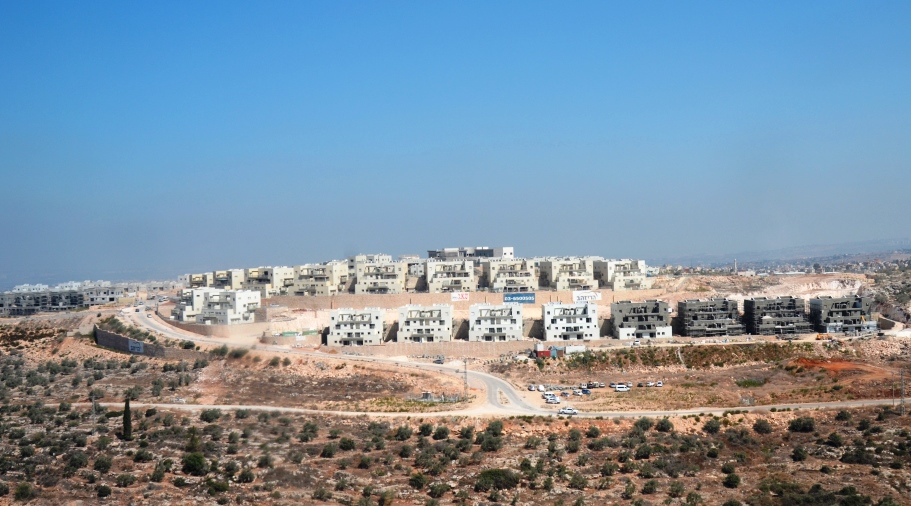
Leshem, the future home of hundreds of young Israeli families, is growing.
Near Ariel, only an hour drive from Jerusalem, our destination was the Twitoplast factory in the Barkan Industrial Park.
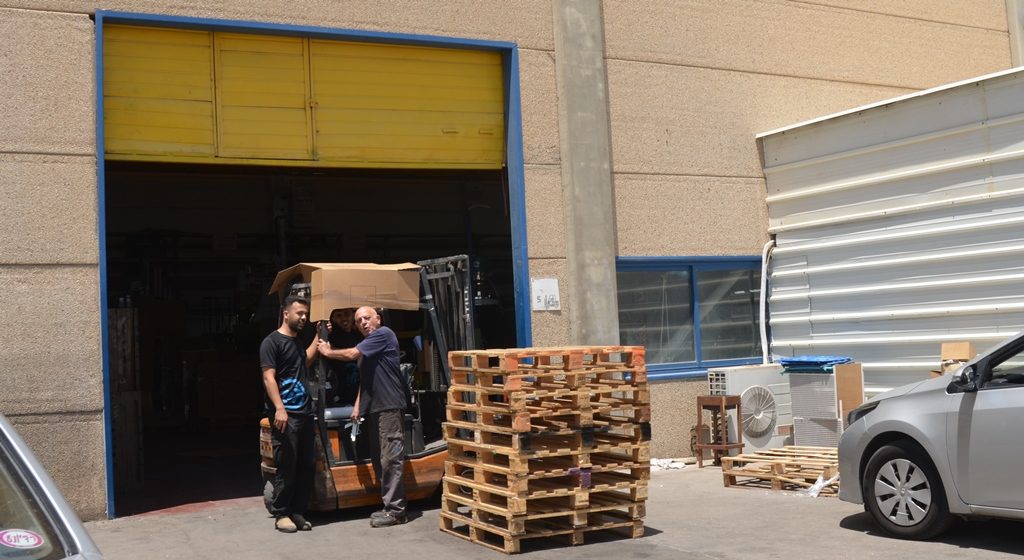
In the Ariel and Barkan Industrial Parks, Israelis and Arabs come together and work together.
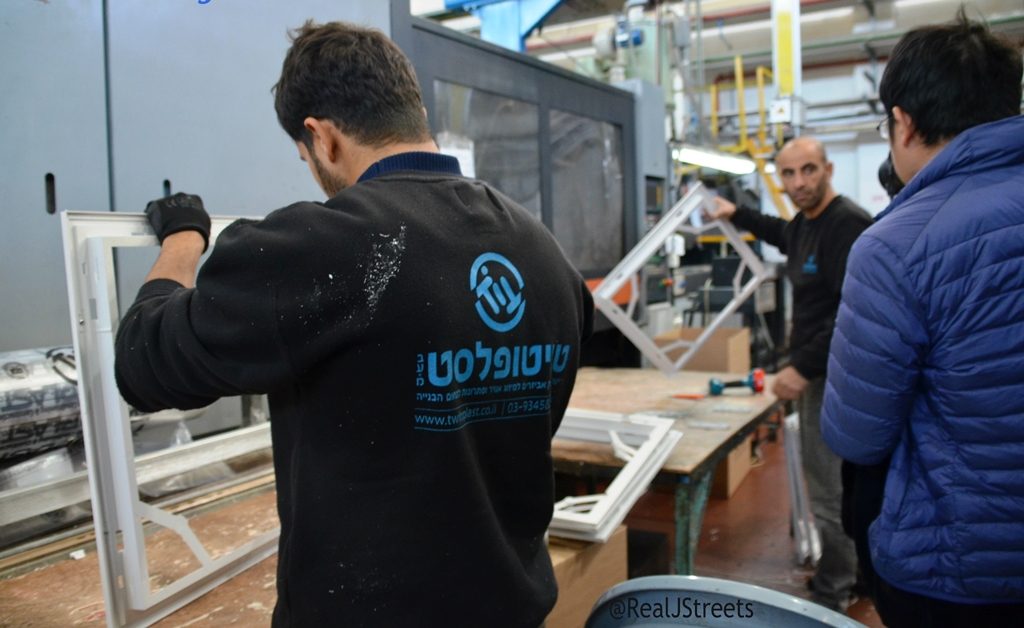
I was in the factory on a previous visit and saw some of the plastic pieces being made,
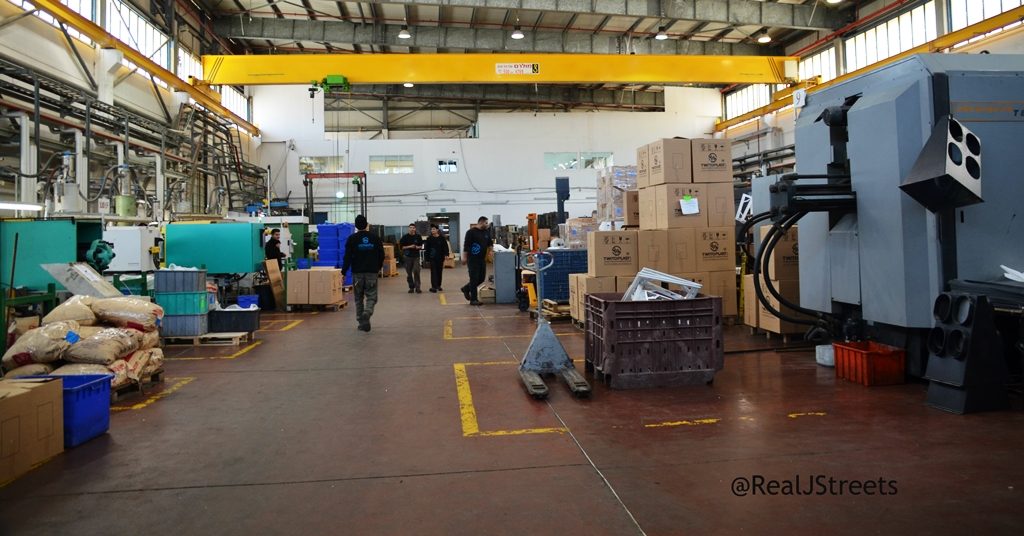
plastic components which are sent around the world.
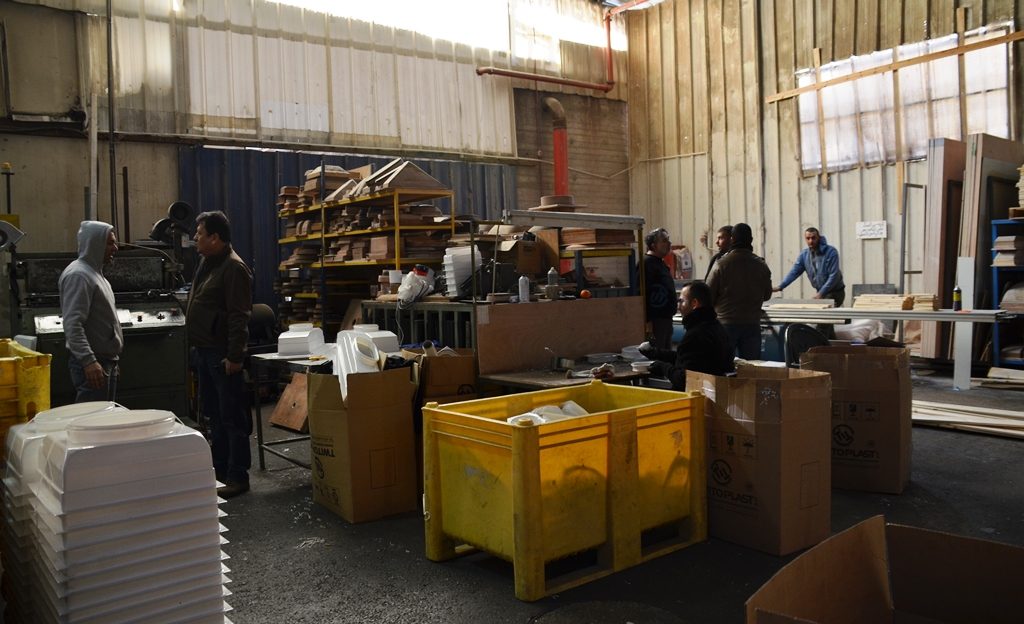
This is where Arab workers, many second generation, get a decent wage and benefits.

Last time I noticed their cars parked outside.
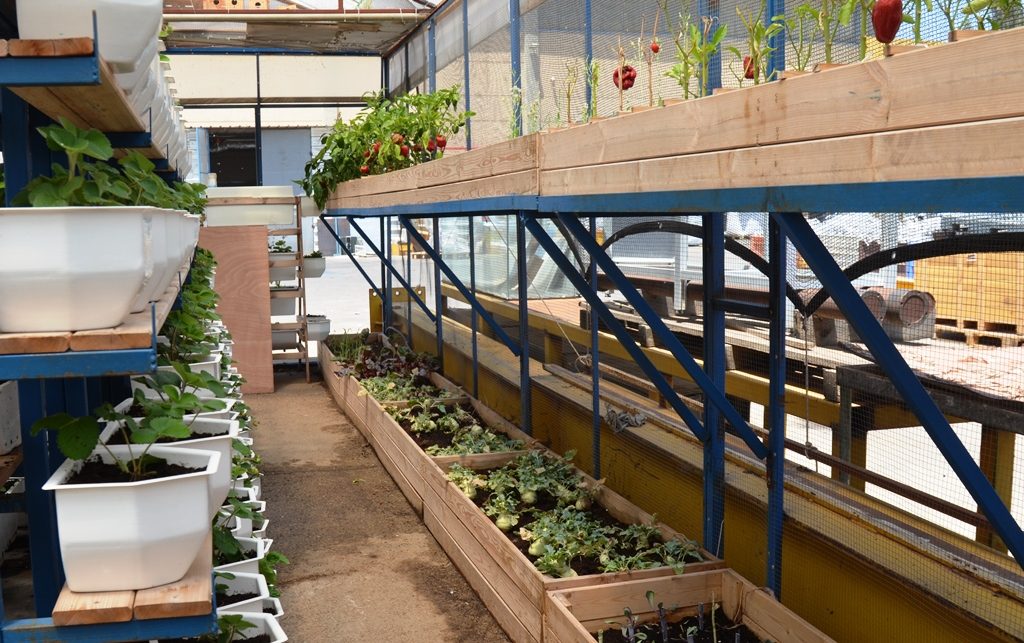
This visit, however, the green house constructed in the parking lot was our point of interest.
Moshe Lev Ran, VP of International Sales, spoke for the owner, Yisrael Twito.
Twito has built and maintained a successful business, in spite of BDS activists trying to shut him and other businesses down.
I decided to let you hear Moshe, an individual too hard to describe in one caption.
Twito not only employs and supports hundreds of families, but in this greenhouse he is teaching their children the importance of education. The children are learning about agriculture and animals, and more importantly, about innovation and motivation.
Israelis traveling in Europe have noted it is hard to find kosher food. European labeling laws and BDS initiatives have affected some “Over the Green Line” businesses.
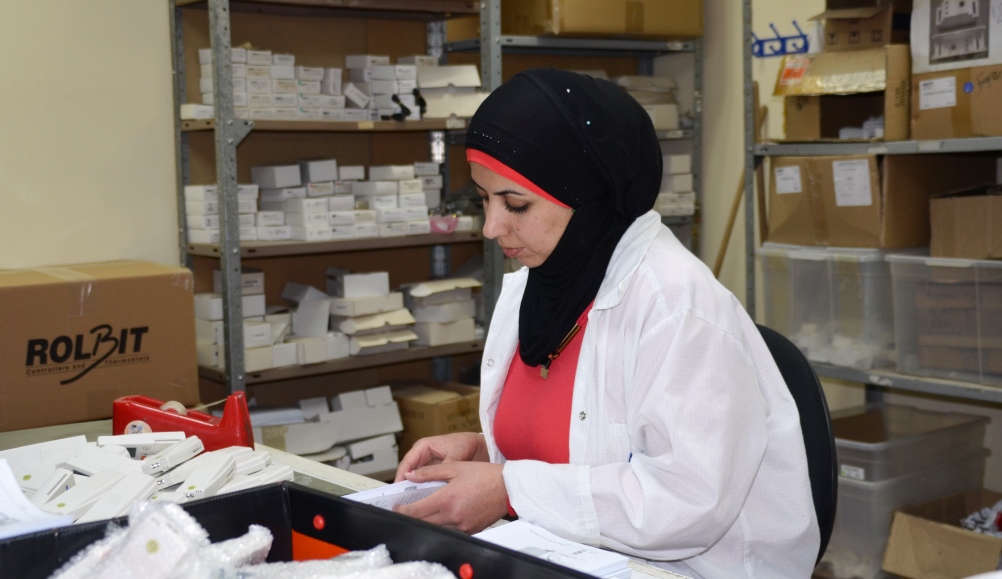
Twitoplast is only one business. There are dozens more. From over two years ago:
What the Main Stream Media is Not Reporting: The Arab Jobs at Risk
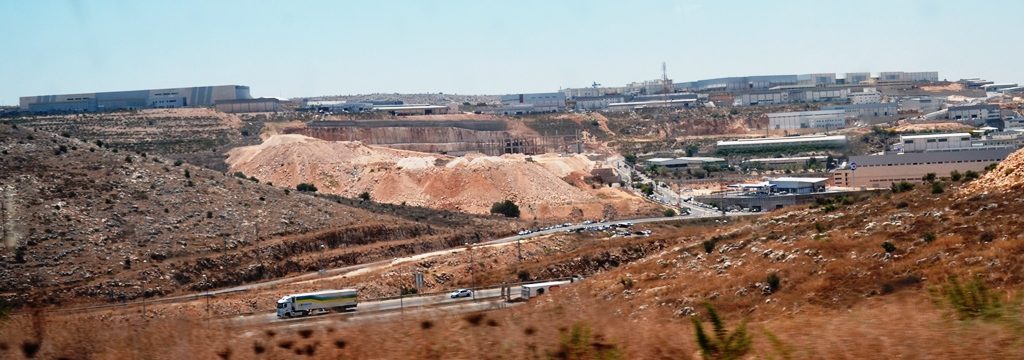
Ariel and Barkan Industrial Parks, carved out of hills, have been developed over the past 30 years.
BDS does not “help Palestinians,” rather they are ones hurt most if companies like TwitoPlast and SodaStream are forced to move.
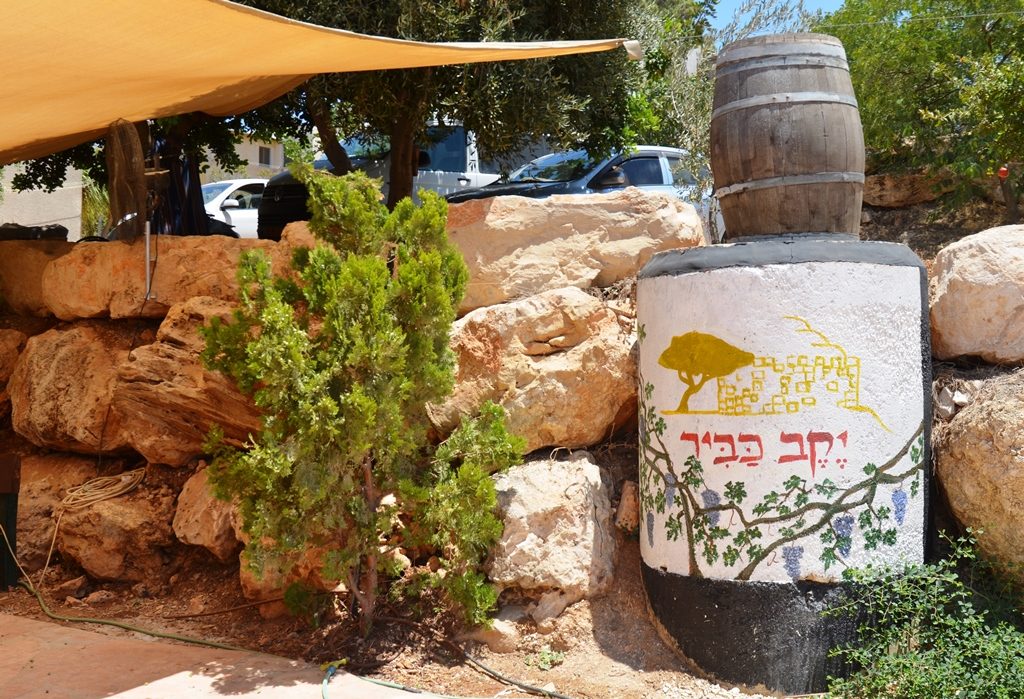
One small, growing business in the Shomron is the Kabir Winery in Elon Moreh.
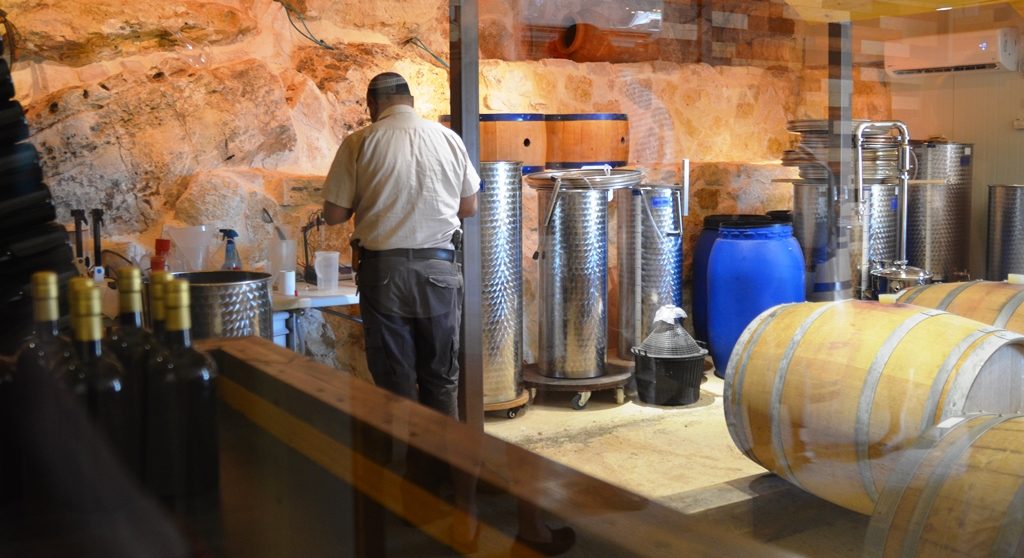
The Kabir Winery is one of several wineries with tastings and food options.
New vineyards are being planted. Listen to the wind on the mountain top looking down on Shehem, or Nablus.
If you miss the annual Wine Festival at the Israel Museum, take a trip and see these boutique wineries. The quality of the kosher wine and food options might surprise you.
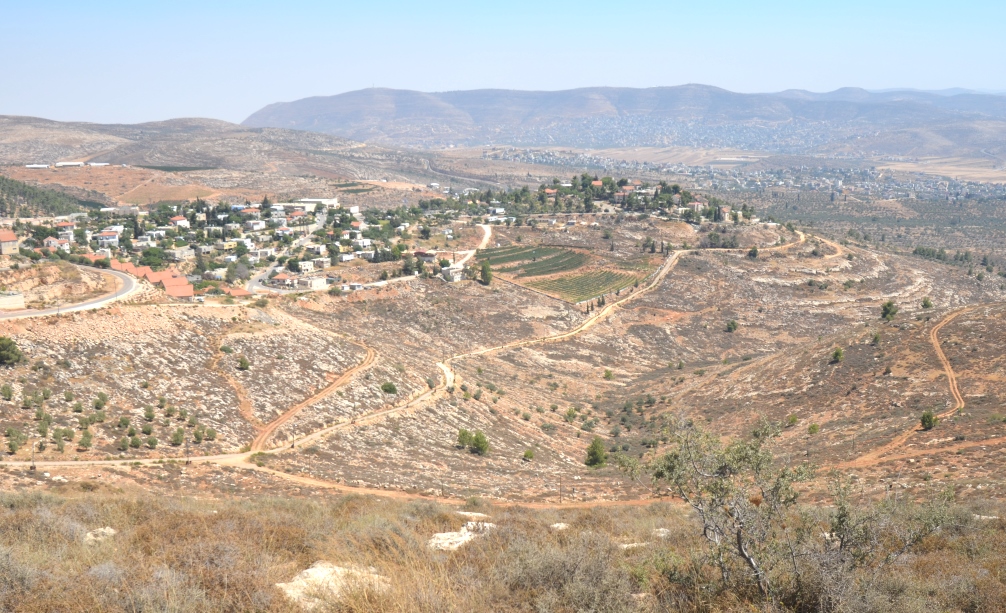
While I marvel how much Israel has accomplished under difficult circumstances, in 70 years, in 50 years Israelis in Judea and Samaria have many accomplishments of which to be proud.
I only regret that it took me so long to go and see for myself what was really happening over the “Green Line.”
If you want to see for yourself, let me know and I will connect you.
Finally, if you missed my other recent trip to Shomron, those 7 stops: HERE.
